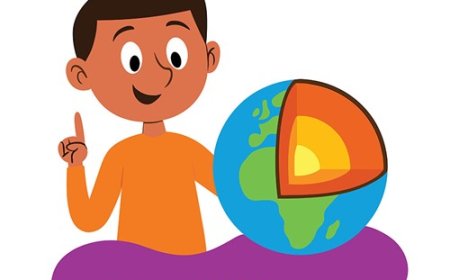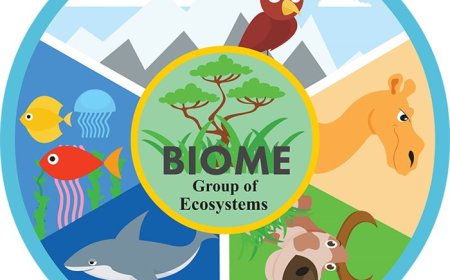Sources of Electricity for Students – Renewable and More
Learn where electricity comes from including renewable and nonrenewable sources how power plants work and a student-friendly quiz.
⚡ Sources of Electricity
🌟 Introduction
Electricity powers almost everything in our daily lives, from the lights in our homes to the trains that carry passengers across cities. But where does this electricity come from? It doesn't just appear in the outlets on our walls - it must be generated from different sources of energy.
These sources fall into two main categories: renewable and non-renewable. Renewable sources come from natural processes that never run out, like sunlight and wind. Non-renewable sources are limited and can eventually be used up, like coal and natural gas.
Understanding the sources of electricity is important because each one has different costs, environmental impacts, and levels of availability. By learning about them, we can make better choices about how to power our world in a way that's both efficient and sustainable.
🔍 Renewable Sources of Electricity
Definition: Energy sources that are naturally replenished and will not run out in the foreseeable future.
Examples:
-
Solar Power - Uses solar panels to turn sunlight into electricity.
-
Wind Power - Uses wind turbines to spin blades that drive generators.
-
Hydropower - Uses flowing water to turn turbines in dams.
-
Geothermal Energy - Uses heat from inside the Earth to produce steam and drive generators.
-
Biomass - Uses plant or animal material to create heat and electricity.
Benefits:
-
Sustainable and eco-friendly
-
Produces little or no pollution
-
Can reduce dependence on fossil fuels
🔍 Non-Renewable Sources of Electricity
Definition: Energy sources that exist in limited amounts and will eventually run out.
Examples:
-
Coal - Burned to heat water and produce steam for turbines.
-
Natural Gas - Used in gas turbines and steam plants.
-
Oil - Less common for electricity, but still used in some regions.
-
Nuclear Power - Uses uranium atoms split in reactors to release heat and produce steam.
Drawbacks:
-
Limited supply
-
Can produce pollution and greenhouse gases
-
Some (like nuclear) create radioactive waste
⚡ How Power Plants Generate Electricity
-
A source of energy (renewable or non-renewable) is used to produce motion or heat.
-
That motion or heat spins a turbine.
-
The turbine drives a generator, which changes motion into electricity.
-
Electricity is sent through power lines to homes, schools, and businesses.
📚 Vocabulary Words
-
Renewable Energy - Energy from sources that won't run out.
-
Non-Renewable Energy - Energy from sources that will run out eventually.
-
Generator - A device that changes motion into electricity.
-
Turbine - A machine with blades that spins to create motion for a generator.
-
Biomass - Energy from plants and organic materials.
✨ Fun Facts
-
The world's largest solar farm is in India and can power over 150,000 homes.
-
Norway generates nearly all of its electricity from hydropower.
-
The first power plant built by Thomas Edison in 1882 used coal.
📌 Key Takeaways
-
Electricity can come from renewable or non-renewable sources.
-
Renewable sources like solar, wind, and hydropower are better for the environment.
-
Non-renewable sources like coal, oil, and natural gas can cause pollution and will eventually run out.
-
Power plants turn energy into electricity using turbines and generators.
🖱 Interactive Multiple-Choice Quiz
1. Which of the following is a renewable source of electricity?
A) Coal
B) Oil
C) Solar Power
D) Natural Gas
2. What do turbines do in a power plant?
A) Store electricity
B) Spin to create motion for generators
C) Convert electricity to heat
D) Use sunlight directly
3. Which non-renewable energy source is most commonly used for electricity?
A) Wind
B) Coal
C) Biomass
D) Solar
4. What is biomass energy made from?
A) Rocks
B) Water
C) Plants and organic materials
D) Metal ores
5. Which country gets nearly all its electricity from hydropower?
A) Norway
B) USA
C) China
D) Brazil





















































